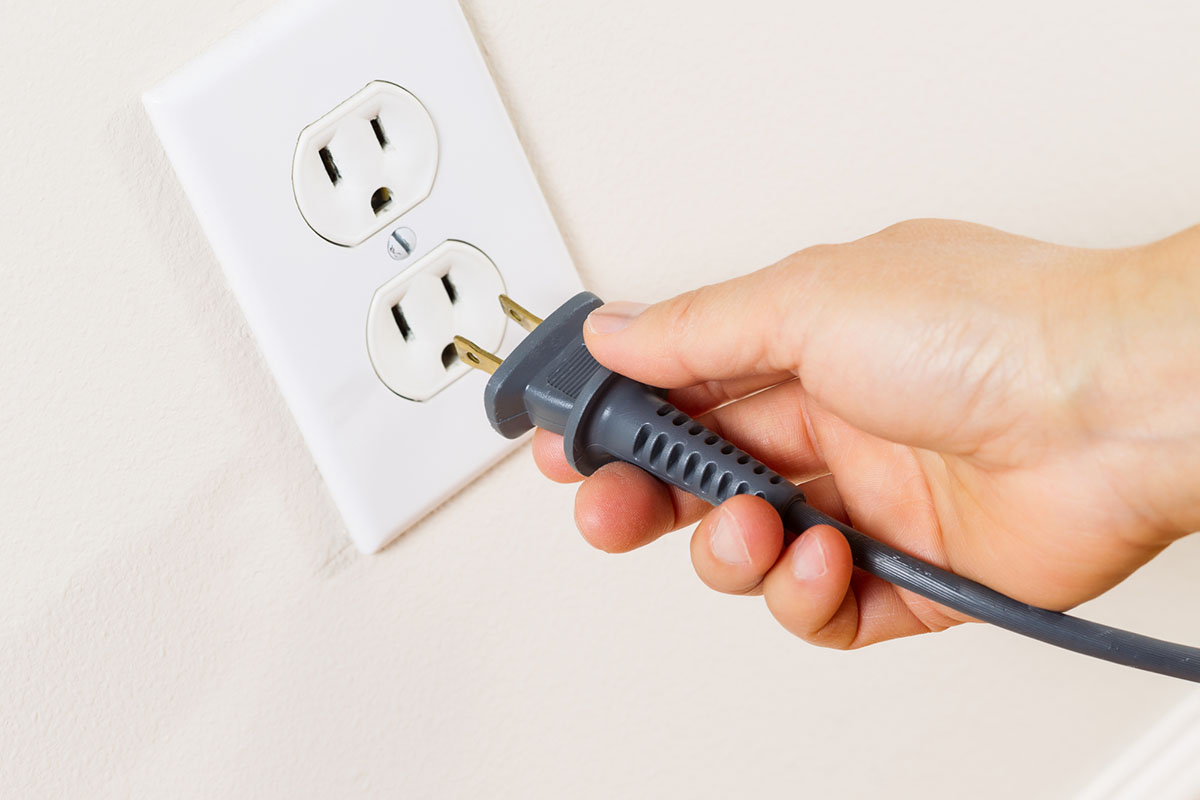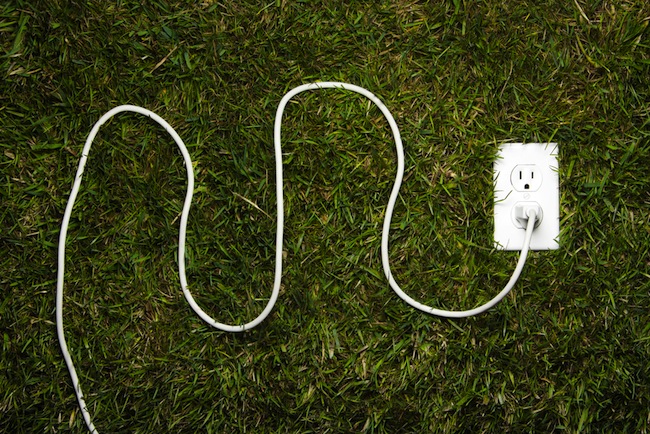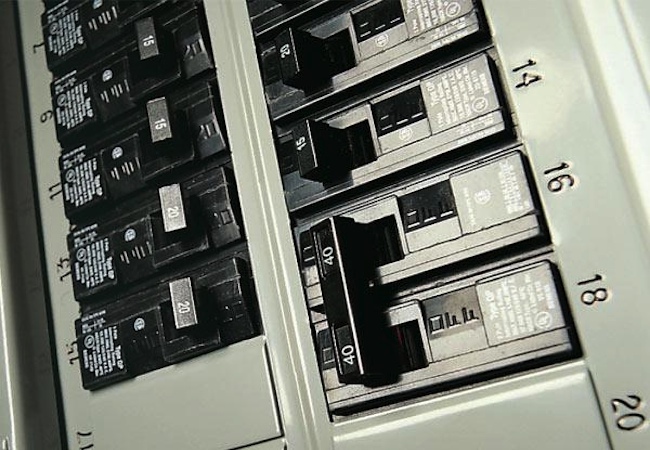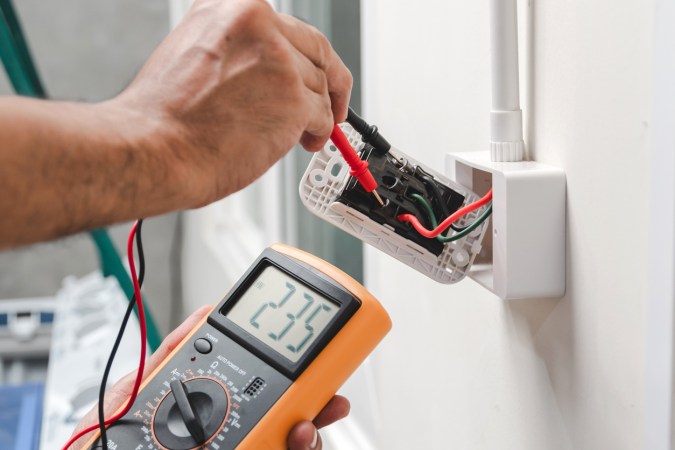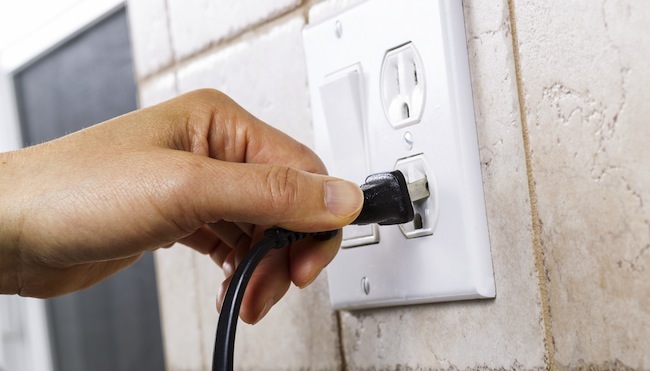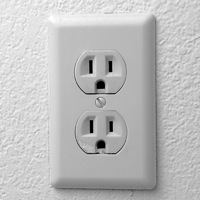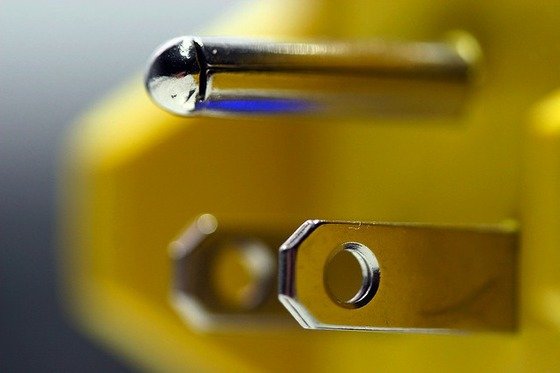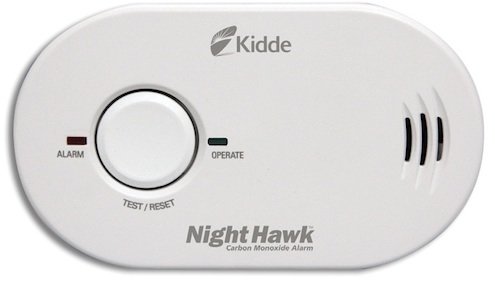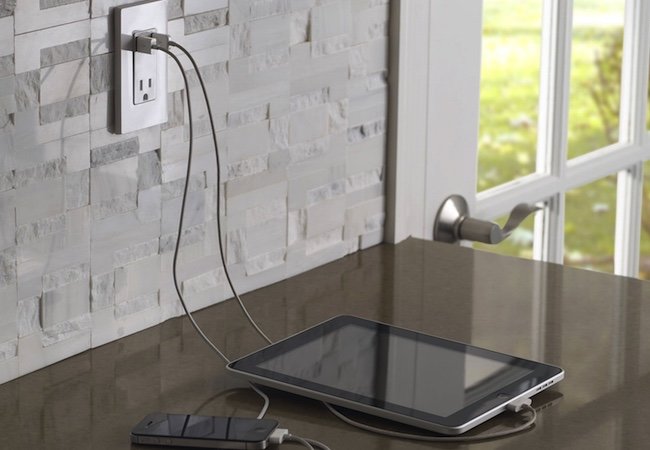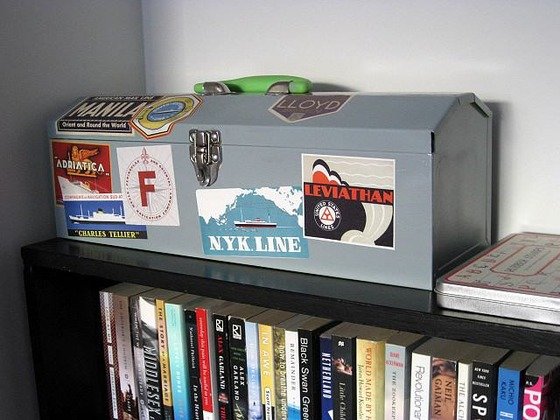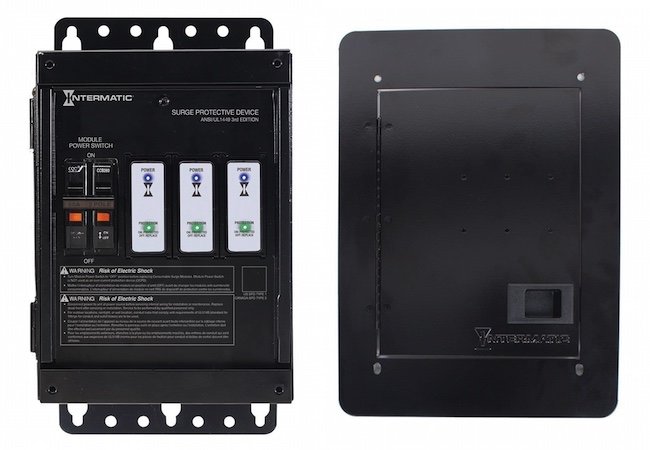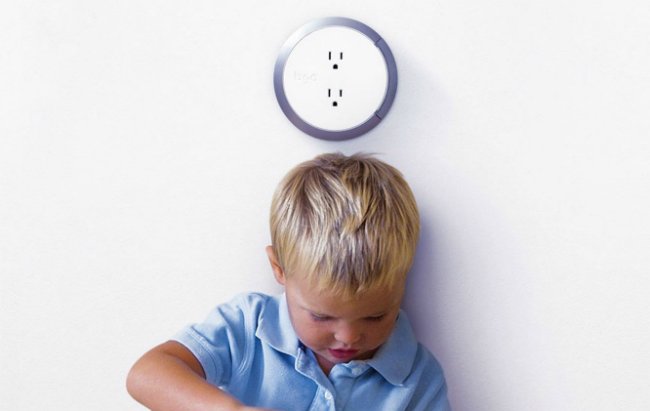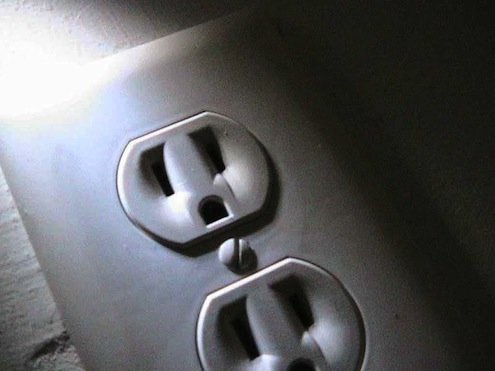We may earn revenue from the products available on this page and participate in affiliate programs. Learn More ›
If not all electrical outlets in your home look the same, it’s because there are many different types of electrical outlets. Each type has unique characteristics and features. What works for the bedroom may not be the best for your bathroom counters and vice versa.
Choosing and installing the right electrical outlet for the space’s needs can keep you safe from electrical hazards and make your home more energy-efficient. This guide explains the properties of nine different electrical outlets you can have at home.
1. 15A, 120 Volt Outlets
These are the most common in older homes and come in two versions:
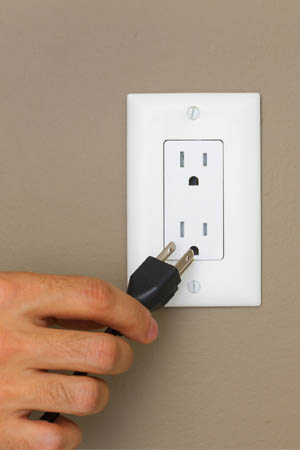
- Two-pronged outlets feature two long connection slots and provide an ungrounded connection.
- The three-pronged version adds a ground pin and an extra vertical slot to help prevent electric shock from loose wiring.
These are also the cheapest types of electrical outlets on the market and easy to install or replace. At the same time, these can also be prime candidates for an upgrade in the near future. For improved safety and efficiency, it can be a prudent idea to choose more modern alternatives on this list.
Best For: Light home use with appliances that have minimum voltage and amperage requirements.
2. 20A, 125 Volt Outlets
These electrical outlets support a larger power draw than the previous type. Building codes recommend installing 20A outlets for some appliances, such as large kitchen gadgets, that need more power to function.
You can tell these apart from the 15A version by looking for a small horizontal slot alongside the vertical ground slot. These may even be a perfect fit for some washing machines, dishwashers, and space heaters.
Best for: Larger appliances that require more power.
3. 20A, 250 Volt Outlets
Large appliances like air conditioners, air compressors, and hobby shop equipment need even higher levels of power. For such uses, this is the type of electrical outlet to choose.
Before installing these 20A, 250-volt outlets, you will need the proper circuit in place. 250-volt outlets need a double-pole circuit breaker installed in your main panel, a job best left to an electrician. Look at the power specifications of the appliance that you plan to use and choose accordingly. Some appliances such as wall ovens and electric dryers might need even more power than these outlets can provide. For these types of cases, you might want to take a look at 30A or 50A outlets.
Best for: Large appliances with very high power draw and hobby shop equipment.
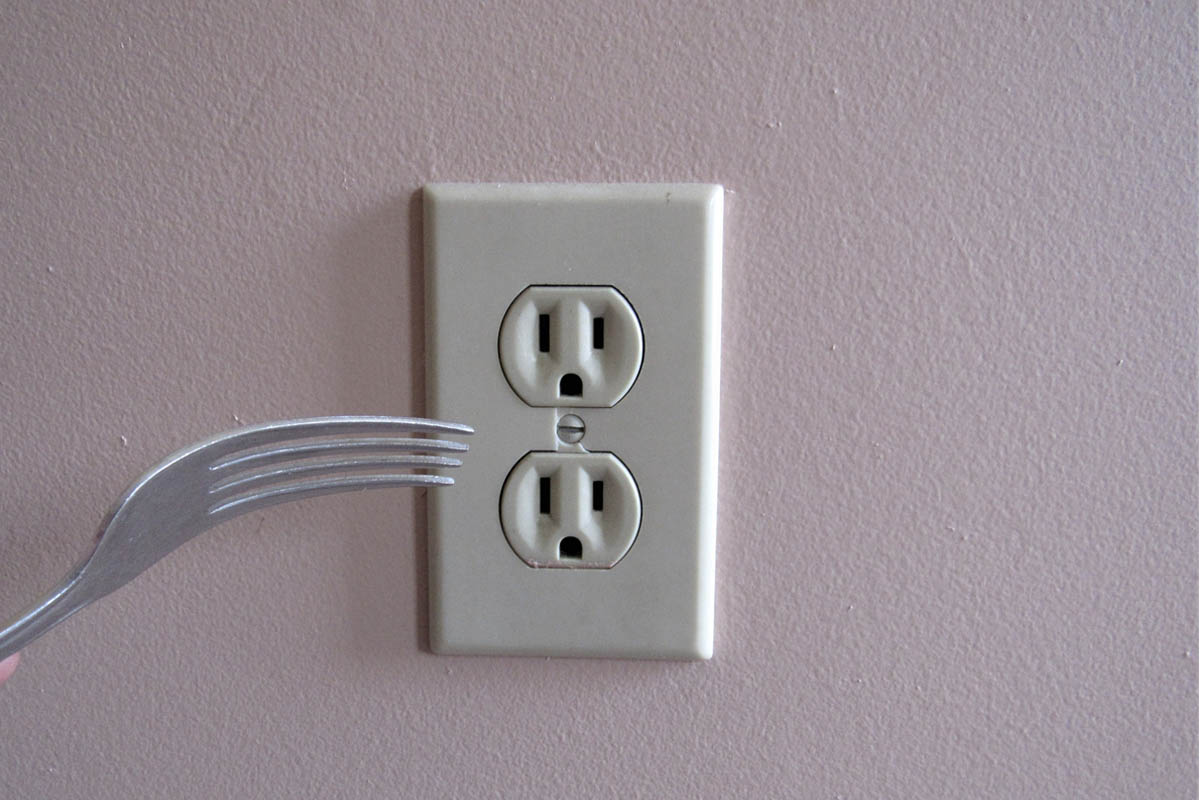
4. Tamper-Resistant Receptacles
Building codes in most places have now made it mandatory to use tamper-resistant outlets in new construction. These types of electrical outlets utilize a built-in physical barrier to prevent the entry of foreign objects. The internal shutters open only when you insert a two-pronged or grounded plug. If you have children at home, this can be a safe choice. Even if children try tampering with these outlets by putting something other than a plug in, there is no shock hazard.
Best for: Safe use at homes with children.
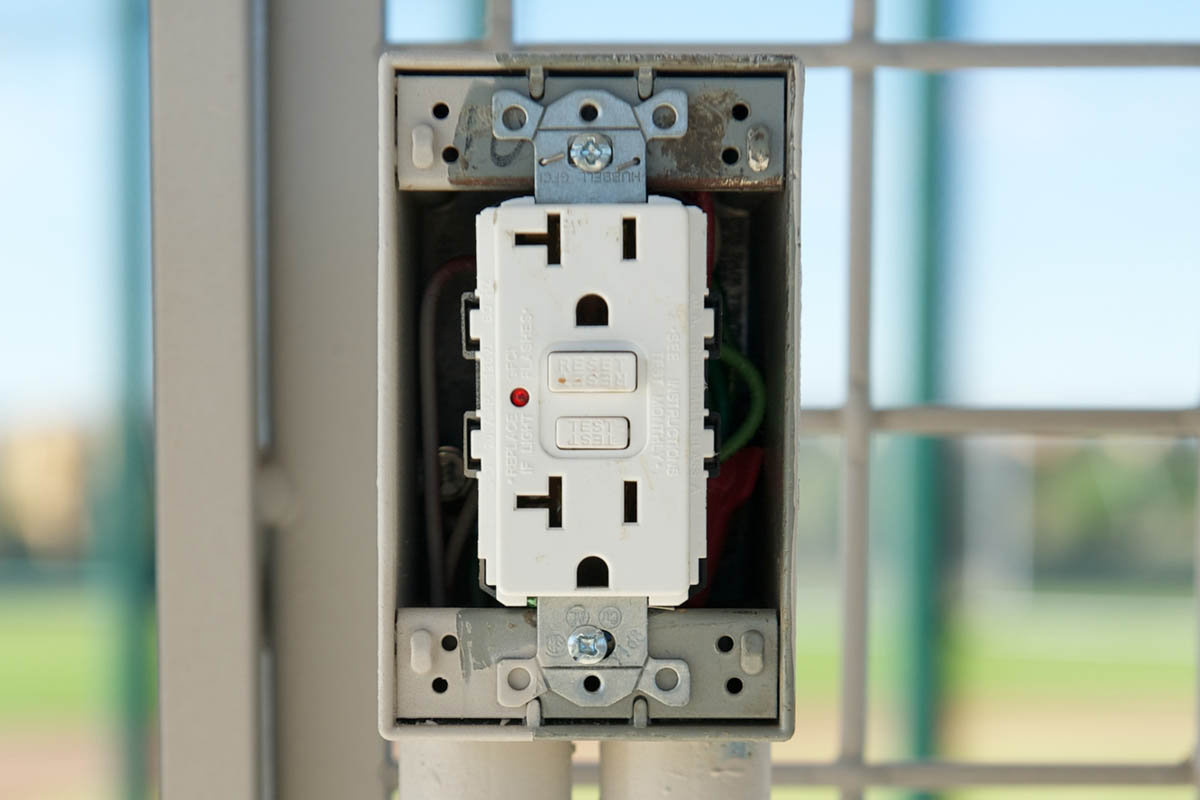
5. GFCI Outlets
Ground Fault Circuit Interrupter (GFCI) outlets are best suited for places close to water. Indoors, this includes spaces like bathrooms, kitchens, basements, crawlspaces, and laundry areas. You can also use GFCI outlets outdoors.
These outlets constantly track the current flow and trip (or cut off power) upon sensing a spike or leap in the current. The interrupter circuit immediately kicks in the moment it detects a dangerous power surge. For outlets near water, a power surge may indicate direct contact with water and the consequent electric shock hazard, like, for example, if you accidentally drop a live hair dryer into your bathtub when it’s full of water. You can easily identify them by looking for “TEST” and “RESET” buttons in different colors on the façade.
Best for: Preventing electrical hazards in areas close to water.
6. AFCI Outlets
Some electrical faults create heat through arcing. Arcing happens in loose contact points in your electrical system where the electricity jumps between connections. The telltale signs are usually sparks or a buzzing sound. This can create an extraordinary amount of heat. Overheating appliances, hammering a nail through a wire by accident, or rodents chewing on wires can all trigger this risk. When arcing occurs, the Arc Fault Circuit Interrupter (AFCI) outlets detect it, and the integrated breaker deactivates the outlet. You can install these in bedrooms and other sleeping areas through a special circuit breaker in your main panel. This is an important safety precaution for areas in your home where you might not always be awake and fully alert. This is also an exceptional option for kitchens and laundry areas.
Best for: Preventing electrical hazards in bedrooms and other sleeping areas, kitchens, and laundry areas.
7. Switched Outlets
If there are appliances or lights you want to keep plugged in all the time even when they aren’t running, consider switched outlets. The unit integrates a socket and a connected switch. Use the switch to control the power to a connected appliance without removing the plug from the outlet. (You do not need a fresh electrical box or any extra wiring to install these.)
Best for: Appliances or lights that you want to keep plugged in always.
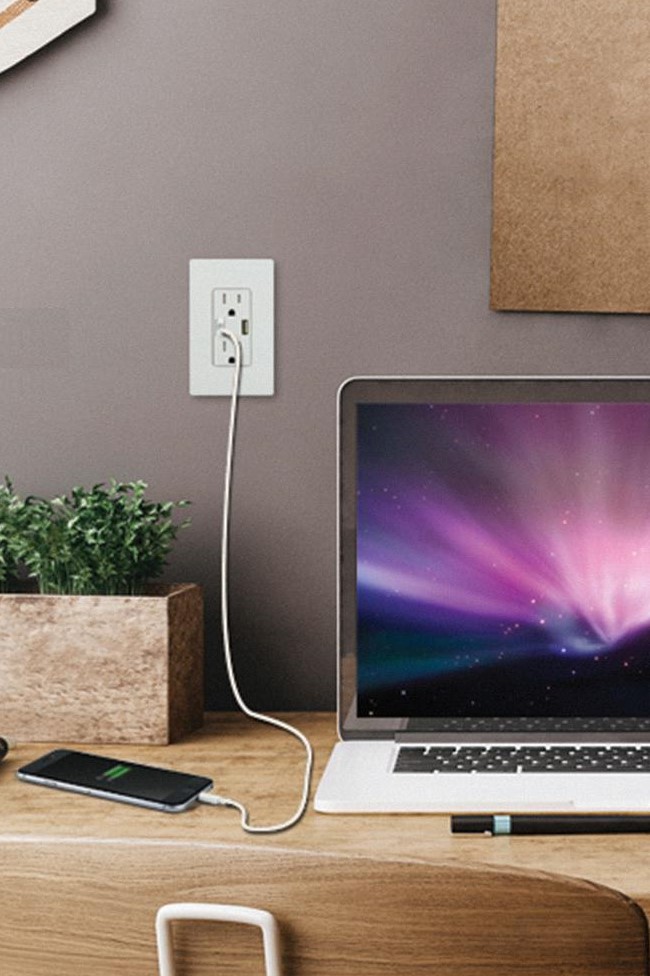
8. USB Outlets
Devices that charge via USB are common in households today. If you have found yourself frustrated looking for free USB ports or charging bricks, USB wall outlets may be the solution. These give you one or more USB sockets directly on your wall, often sharing a plate with other two- or three-pronged outlets. Just plug in your cables directly into the wall to recharge your smartphone, tablet, or other USB device.
Best for: Powering devices that charge via USB.
9. Smart Outlets
Modern, innovative smart outlets feature built-in mechanisms for monitoring power usage. They can also switch on or off following a program or schedule. For things you want to run on a set schedule, like lawn sprinklers or drip coffee makers, smart outlets can be great. They can also prevent power leakage and help make your home more energy-efficient.
Many smart outlets also feature remote control using Wi-Fi, Zigbee, or Zwave protocols. You can operate and track these remotely with your phone or through voice assistants. Hands-free operation is also possible through Google Home and Amazon Echo smart speakers.
Best for: Energy-efficient homes and people who want to implement home automation.
